Hiya folks! i’m gonna be doing a 3 piece mold of the rear spoiler of my glanza, and thought i’d document my mess. It’s by no means a tutorial, (that would mean i’m a master LOL) but more of the start of a discussion. So, everybody feel free to advice me, ask me, or make fun of my dirty workspace. cheers !
So, this is the OEM spoiler (or lip, whatever) we’re trying to copy. It’s been painted and has been sitting for several months.After a good wash, i applied 4 coats of frekote, with 15-20 minutes in between…
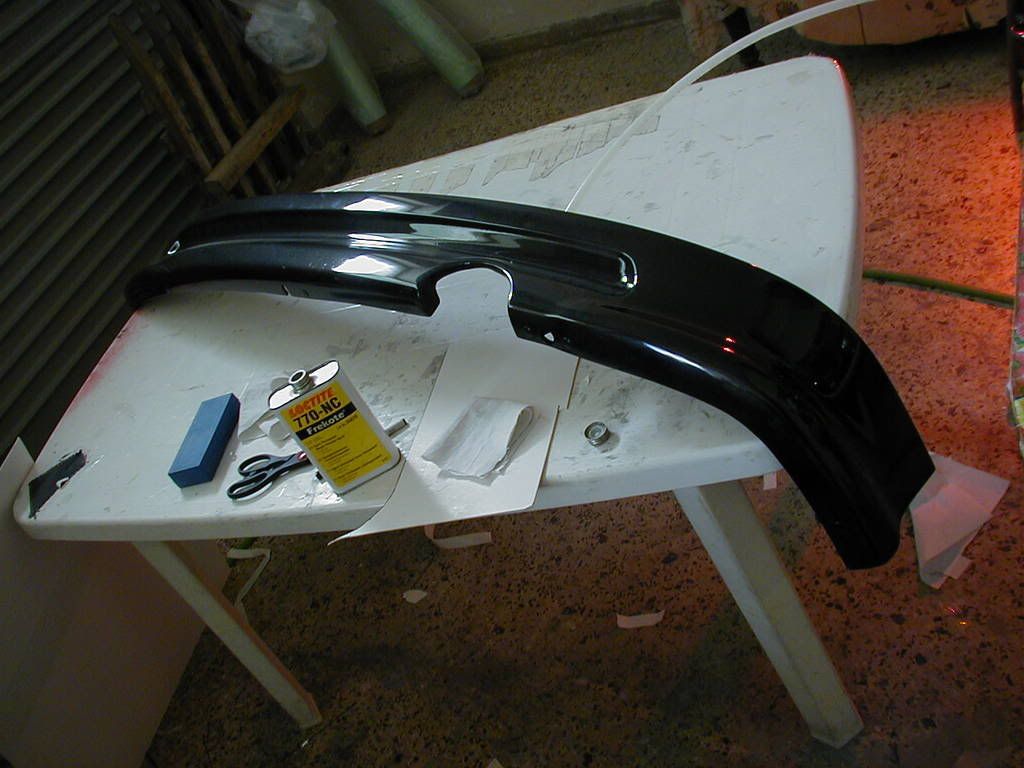
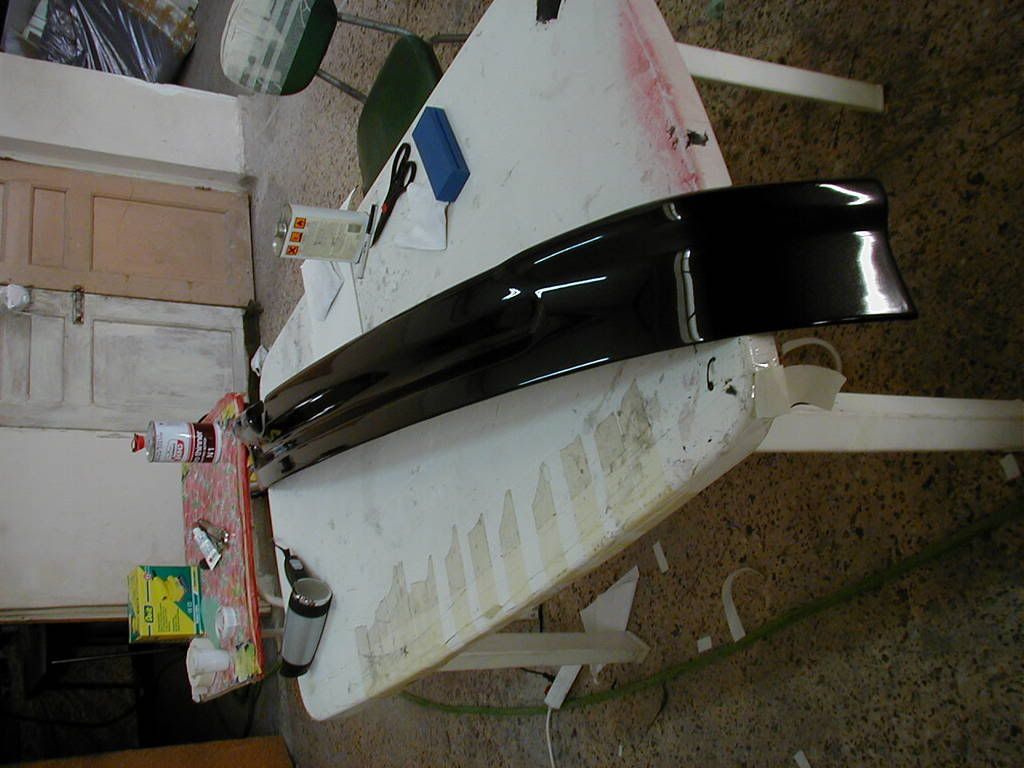
using a long piece of clay, i copy the curvature of the item on a piece of thick cardboard to make the flange. i decided to make the mould 3 pieces, because of the way the spoiler wraps around the bumper, and the hole for the exhaust.
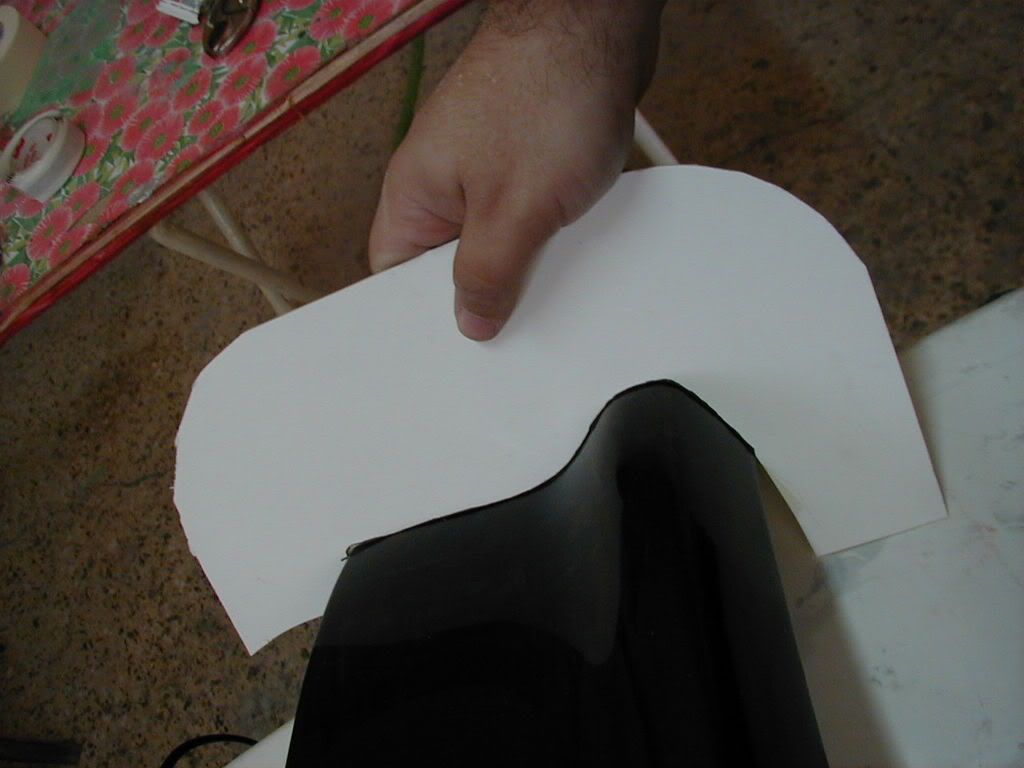
i added a plastic cap on the flange, to make an “extrusion” that will make the two pieces fit together.

and covered it all with aluminum tape.

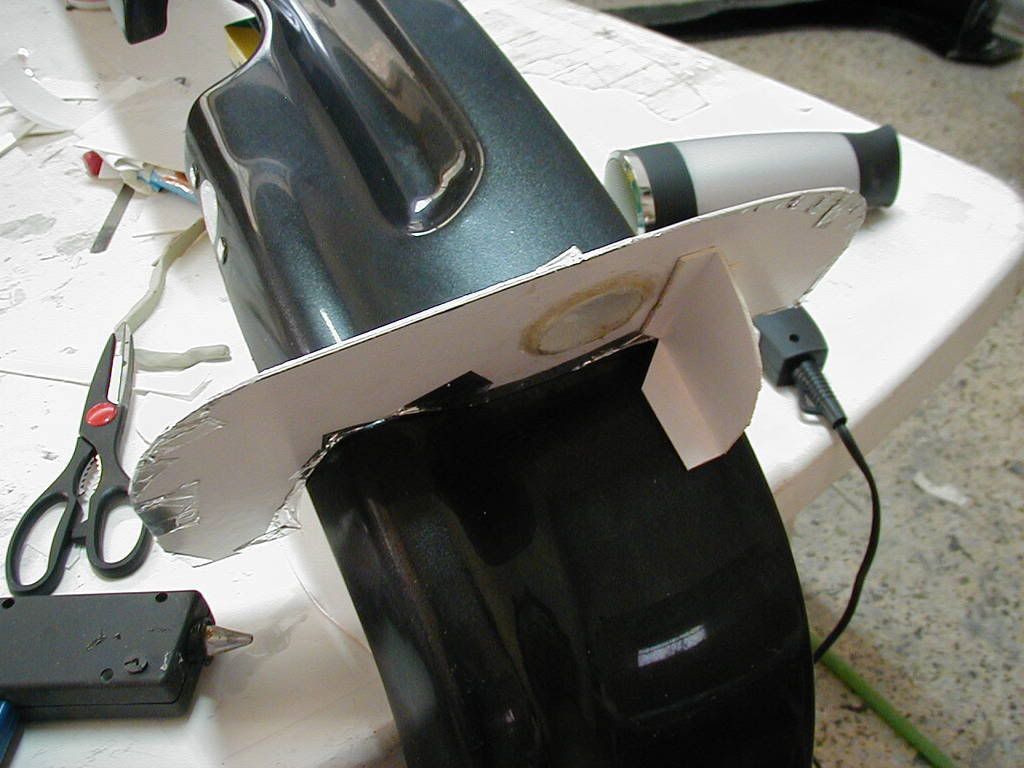



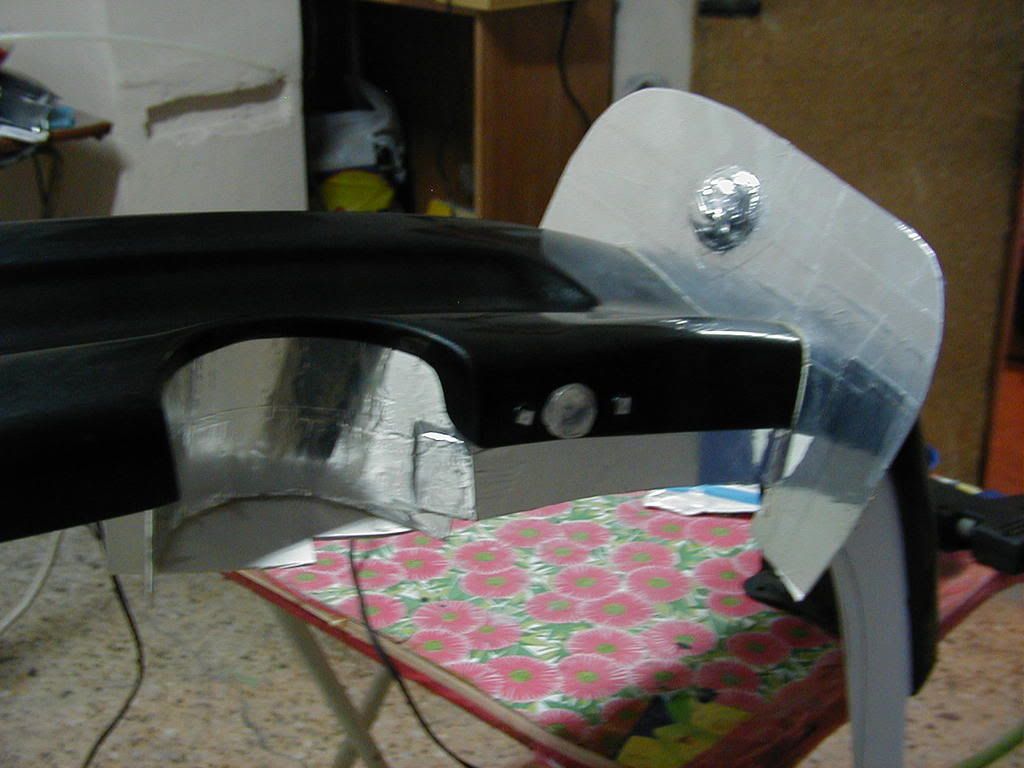
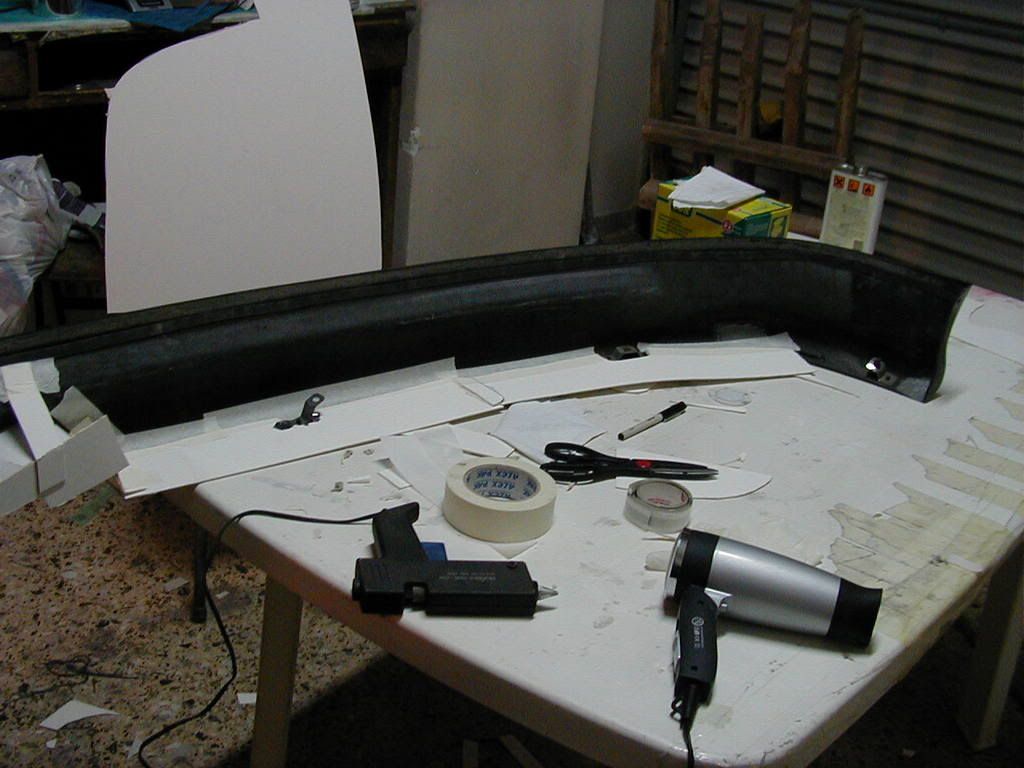
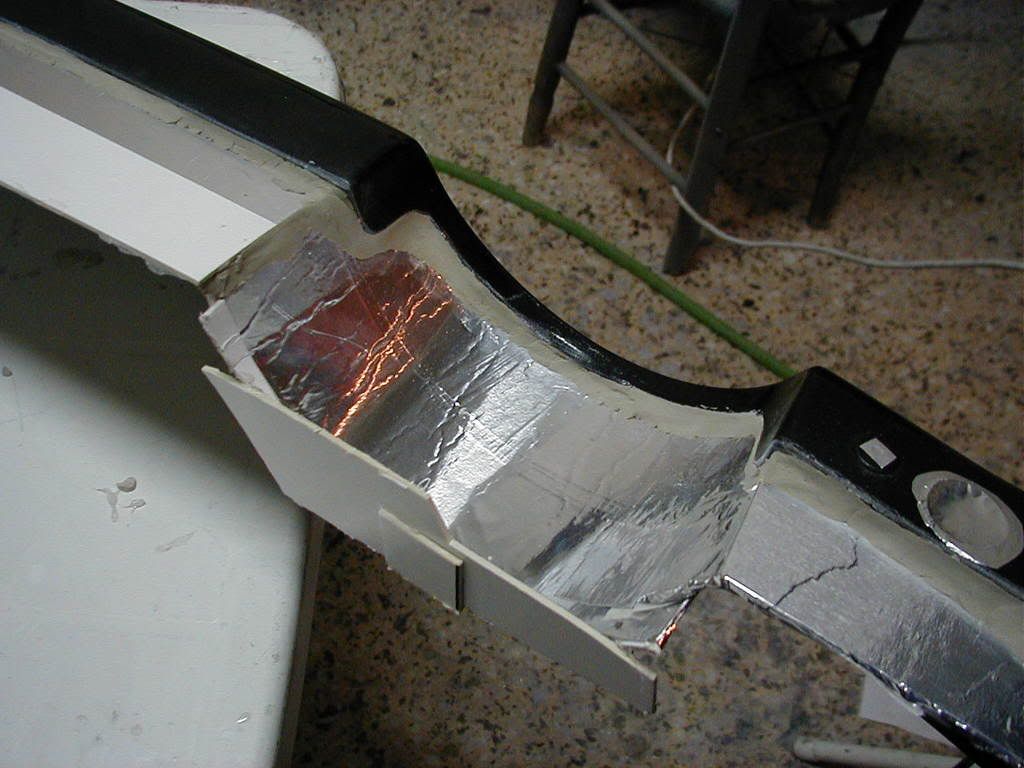
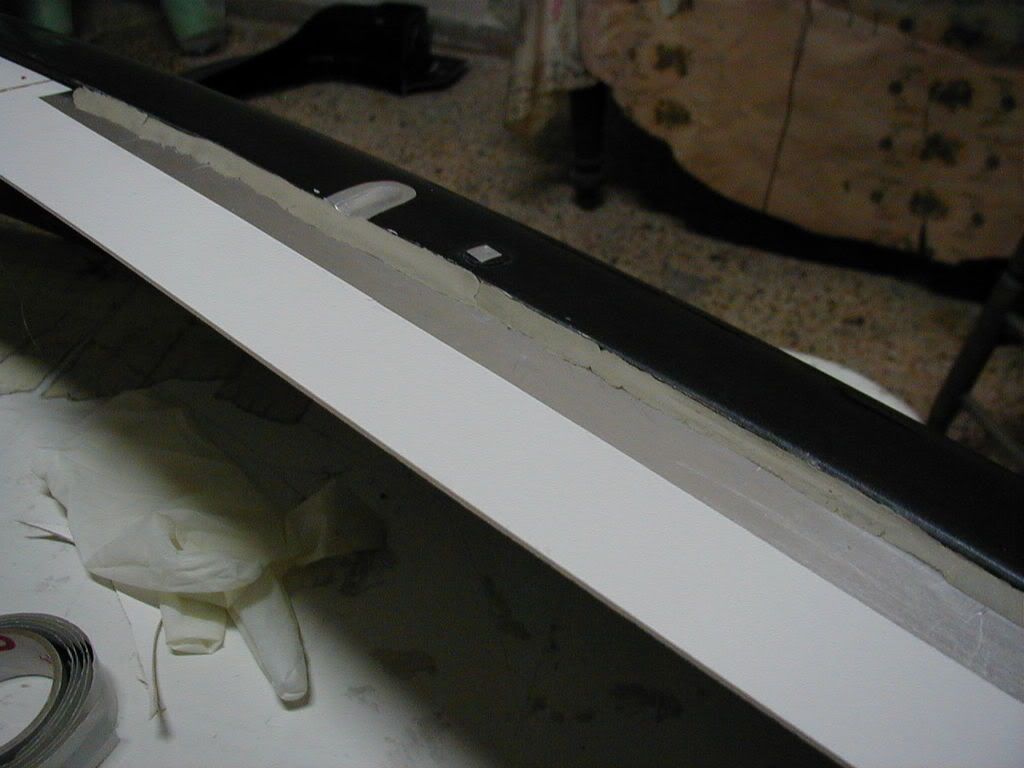




 i know wax won’t save me, frekote wont work, this shitty pva (it’s a clear one, not dark green) wont sit down… im truly at a loss… plz halp!
i know wax won’t save me, frekote wont work, this shitty pva (it’s a clear one, not dark green) wont sit down… im truly at a loss… plz halp!